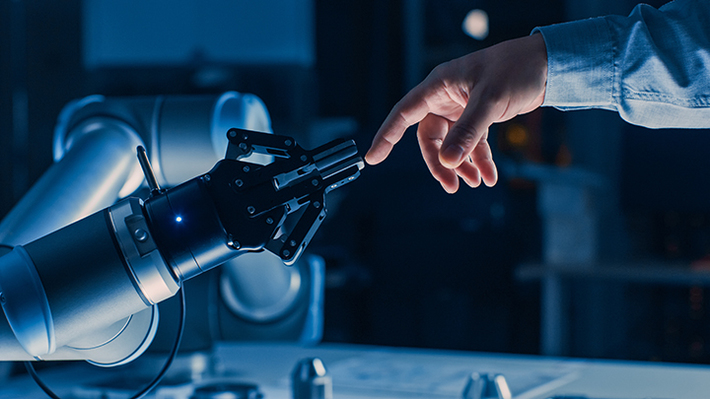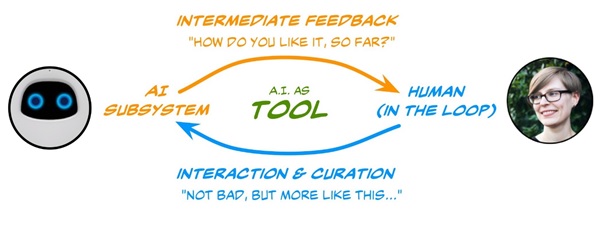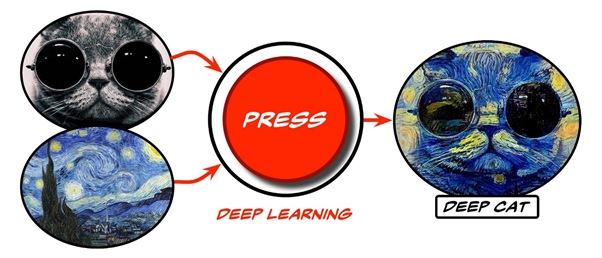
I read an article recently, which had a memorable statement:
Just about every successful deployment of AI has either one of two expedients: It has a person somewhere in the loop, or the cost of failure, should the system blunder, is very low.
In the article An Inconvenient Truth About AI won’t surpass human intelligence any…, the author Rodney Brooks, makes a point for a human in the loop and that you cannot trust AI alone. Rodney Brooks is a professor of Robotics (emeritus) at MIT, where he was director of the AI Lab and then CSAIL. He has been cofounder of iRobot, Rethink Robotics, and Robust AI, where he is currently CTO. Hence, his views come from real experience, and I agree with this statement
But if we extrapolate this idea further, and if this future becomes a reality, what does it say for the future of jobs?
Could human in the loop be the hottest job category in future?
If so, what exactly would such a job holder do?
If we have a human in the loop with AI, then we reframe the problem from an automation problem to a Human-Computer Interaction (HCI) design problem. From an HCI standpoint,
, then we could design interactive systems based on a different approach. Instead of removing the human from the loop, we could rethink the system as the selective inclusion of human participation.

Image source: Humans in the Loop: The Design of Interactive AI Systems
Now, in this interaction, the human provides the meaning because AI lacks the ability to understand meaning
AI is good at imposing style for example writing in the style of Hemmingway or drawing in the style of Van Gogh but without meaning, there is a significant gap
For example, AI can paint a cat in the style of Van Goghs starry night painting and the result will be something like the below
Cool Cat * Van Goghs The Starry Night yields Deep Cat

Image source: Humans in the Loop: The Design of Interactive AI Systems
If done so, we get a bluish cat as above
But while the object is now in the style of the painting, the blue cat has lost its meaning because it would not be the meaning Van Gogh would attribute
Apparently, Van Gogh had a deeper meaning to the painting Starry night. He wrote about existing in another dimension after death and associated this dimension with the night sky.
“It would be so simple and would account so much for the terrible things in life, which now amaze and wound us so, if life had yet another hemisphere, invisible it is true, but where one lands when one dies. Hope is in the stars,”
This was one interpretation and there were others but I am almost sure that the blue cat did not feature as an explanation!
Hence, the human can add value by supplying meaning. More so, as AI is deployed into complex areas where data does not exist. In many ways, the human in the loop job role already exists through data labelling services. But the future humans in the loop would be different from data labellers because they would be domain knowledge experts
